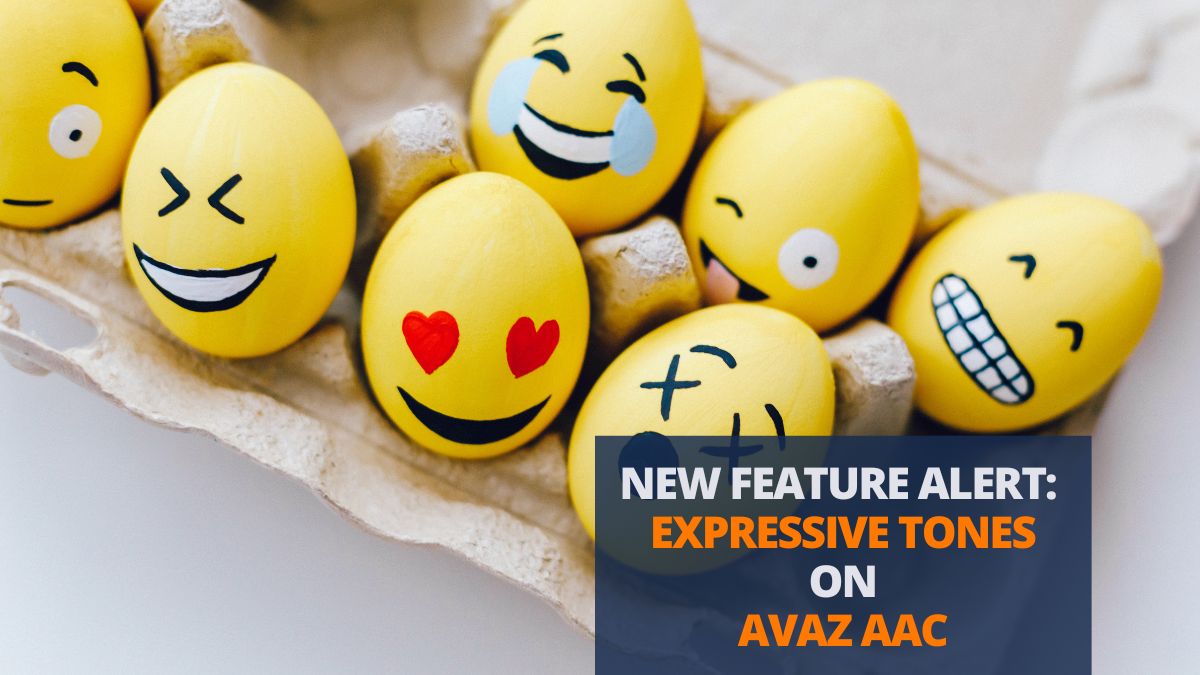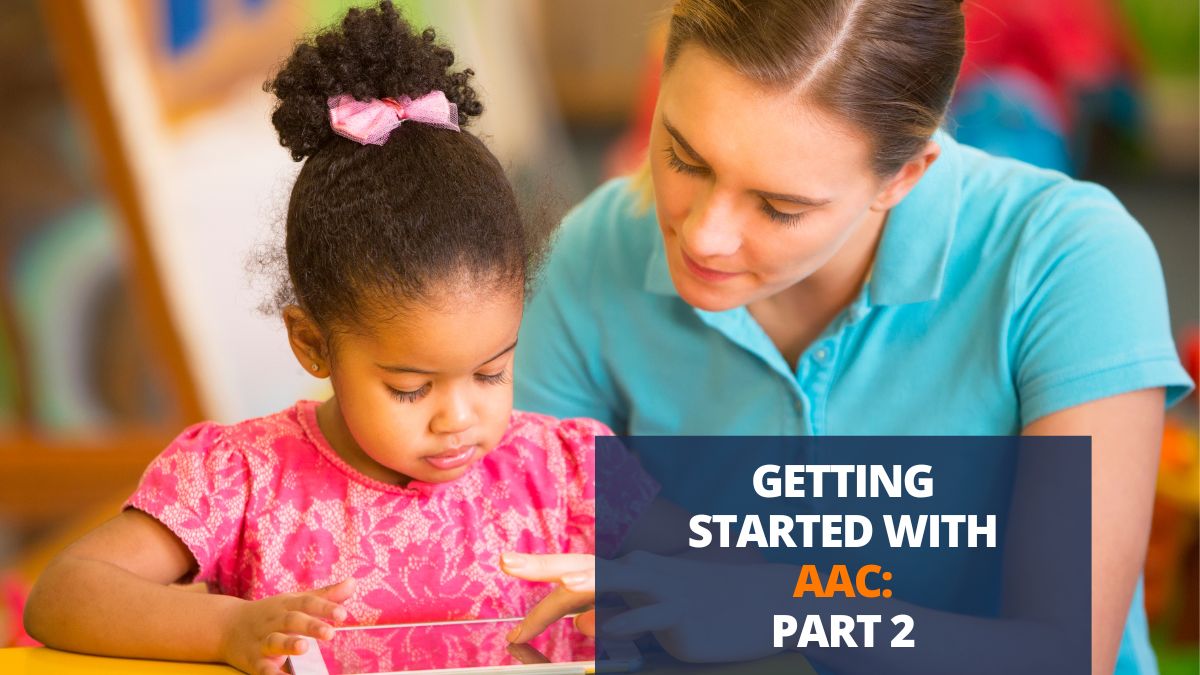Questions are a part of any conversation. We ask and answer questions several times when talking to someone. It may be for many reasons. We can use them for our basic needs (Can I have something to drink?) or during social interactions (How was your holiday?). We can also use them to gain information (How do we get there?) and to eliminate confusion ( Is he not going today?).
However we need to be mindful when interacting with AAC learners who are just beginning their journey with symbolic language. Research has repeatedly shown that the use of questions does not promote interaction. Instead, it has the opposite effect. Questions can, in fact, put communicators in a spot as responders. It can deter them from initiating conversations.


Why do communication partners ask questions?
When talking to AAC users, communication partners are found to be using lots of interrogatives because they think it is the correct way to interact with them.
What you try to achieve
- Better engagement
- Increased AAC use
- Getting more information from the student
- Increased opportunities to take turns
What can happen
- Limiting initiation from AAC users -they tend to become more passive
- Increasing prompt dependence-“I have to talk only when asked to”
- Decreasing participation and their motivation to communicate/produce complex utterances
- Increasing frustration as a result of repeated questioning
Questions to Avoid with AAC Learners:
When general questioning by themselves does not promote continuing conversations in emergent AAC users, there are some dampers that should be avoided at all costs.
Do not ask questions –
1. That you already know the answer to –
When the child is looking at their toy, don’t ask “what do you want?”.
Use comments, statements or observations instead-
I can see you reaching for the toy, YOU WANT THAT!
2. That the child has answered multimodally
When a child is leaning towards the dessert, do not ask, “Do you want this?”
Acknowledge the communication attempt and show how to ask using the AAC system instead.
3. That seems to offer choices when actually there are none-
“Do you want to sit up and do your work now?”
Use statements instead – “You can sit up and do your work”
4. That the user might find difficult to understand-
“Do you want to keep eating more of those chips? “
Instead, rephrase it with simple syntax- “More Chips?”
Does that mean we cannot use questions at all with them?
We can – genuine/ valid questions are those that we ask in an attempt to get information we do not already know. We can also use questions to evaluate communicators in an academic environment. These are different from test questions mentioned earlier
Valid Questions to Ask AAC Learners
Consider the following scenarios where the communication partner asks questions to AAC learners for valid reasons –
- Trying to understand what the user is trying to tell you – Are you saying you would like to read now?
- Socially engaging them – How did your day go?
- Finding out how much they have learnt and understood in academic settings- what is an eclipse?
- When you want to work on their reasoning skills- What do you think will happen next?
In the above settings, Interrogatives have real meaning and purpose.
The shift
“I understand that questions may not be great language models. But questioning is the main means of my communication with my child/communicator”
If this sounds anything like you – not to worry, we have some strategies listed –
Get feedback as you work with your child or record them for reviewing it at a later time.
This could be done in the following ways –
- Videotape yourself when you are working with the child. play it back to identify the frequency of interrogatives ( and their purpose) vs other methods of instruction
- Family support – any one member in the family can observe your interactions with the child and provide feedback later or cue you in real-time for you to make changes at that moment.
- With continued practice however you can become aware of your own method of instruction in real-time and make appropriate changes.
- Have a visual feedback sheet listing out the more useful methods of instructions like making comments, observations, statements etc. Let this be visible to you when in an interaction suggesting all the alternative ways you could engage with the user.
Using only interrogation may not be the right way to model language to emergent AAC learners. But questions cannot be avoided altogether because it is one of the most important communicative functions. When we ask questions for all the right reasons in the right way, balancing them out with other communicative functions, there is more engagement and learning for the communicator.
WRITTEN BY
Niveditha Ryali
Speech – Language – Swallowing Therapist
I have 16 years of learning experience that comes from working in NHS(UK), special schools, hospitals and private practice. I am passionate about working on improving Speech, Language and Swallowing skills in children and adults. I also strive to facilitate early communication in children with complex communication needs, thereby improving parent-child bonding.


References:
https://praacticalaac.org/strategy/beyond-requesting-thoughts-on-teaching-interrogatives/
https://www.angelman.org/wp-content/uploads/2020/01/Dont-Ask-Do-Tell-NonDirective-and-Descriptive-Language-102915.pdf




Very good article Niveditha, thanks will definitely use these valid questions suggested by you…and avoid the wrong ones…
Glad you found the article useful, Chithra!